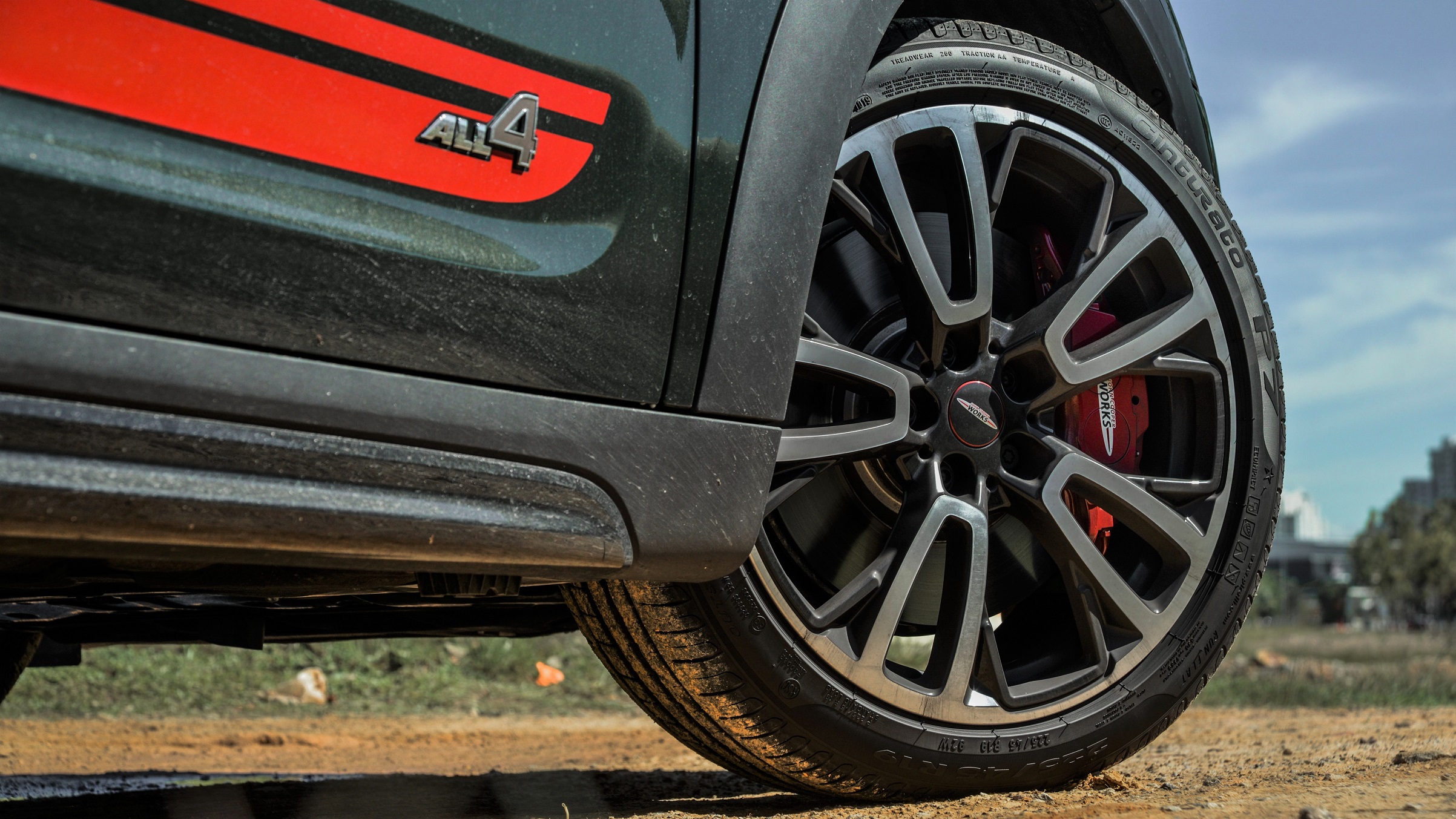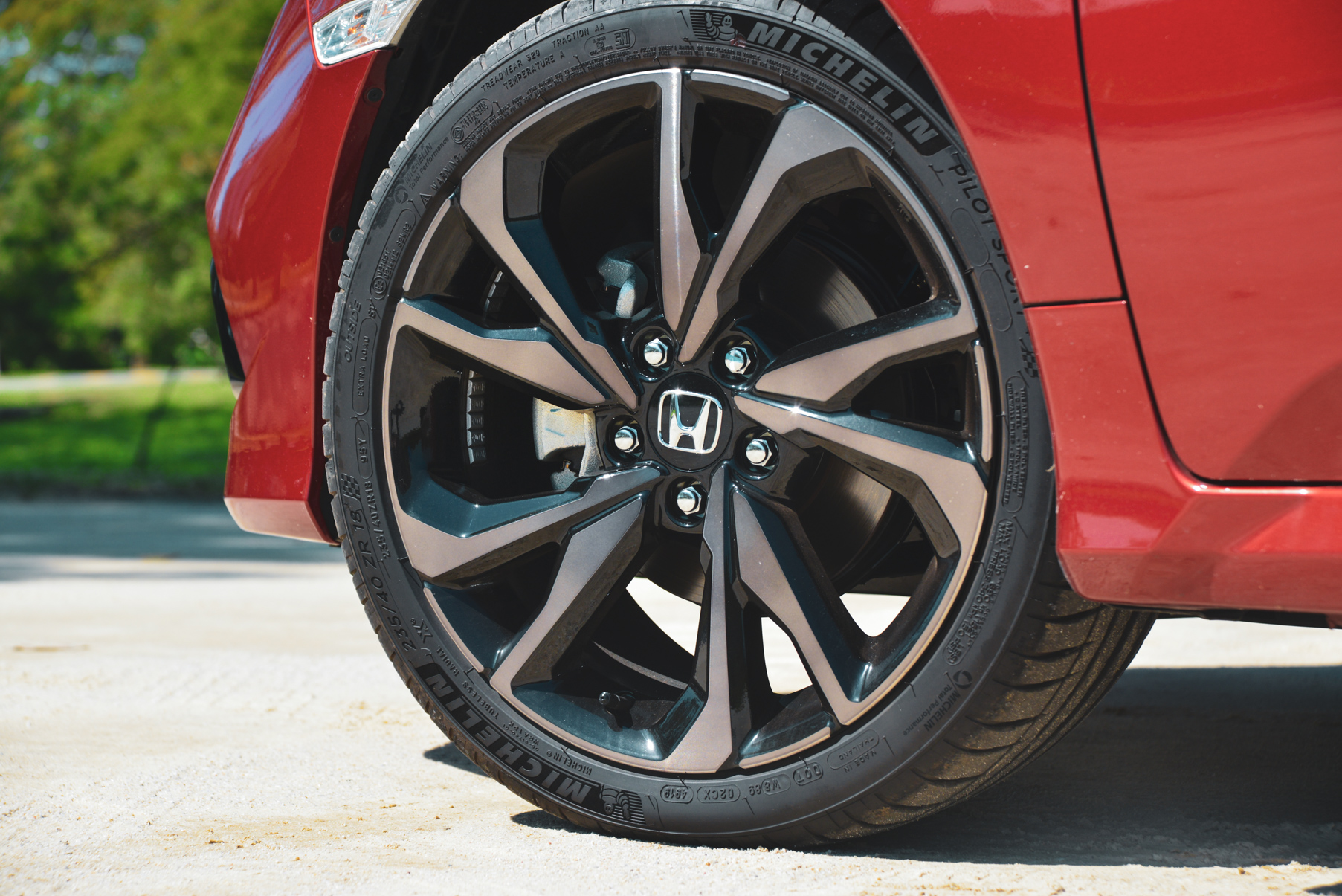Six simple steps to keep your tyres in tip-top shape

Tyres are without doubt the most important pieces of hardware as they are the only interface between your car and the road surface. However, it’s easy to take them for granted until the obvious signs of wear and tear manifest. Thankfully, there are some simple steps you can follow to safeguard your tyre’s health.
Maintain optimum inflation pressure
Inflation pressure plays a crucial role in ensuring good road holding and uniform tread wear. Optimum inflation pressure can be achieved by following the manufacturer’s recommended pressure and checking the pressure of cold tyres.
The manufacturer’s recommended figure can be found either in the owner’s manual, driver-side door jamb or on the door itself. Quick tip, the maximum figure printed on the sidewall is NOT the recommended pressure. You can check the pressure either with a pressure gauge, or with the pump at your nearest service station. Although the former is useful to have, the latter is convenient as you can adjust the pressure on the spot if needed.
Crucially, it is recommended to check the pressure when tyres are ‘cold’ – meaning after your car has been parked for a considerable amount of time. This is because the pressure will increase due to heat generated by friction between your tyres and road surface as you drive. Checking inflation pressure immediately after driving might result in an inaccurate reading. Also, try to inculcate the habit of checking inflation pressure once a month.
Rotate your tyres as per the manufacturer’s recommendation
Basically, tyre rotation repositions your tyres either from front to back or side to side. As tyres experience differing levels of load, they wear out at different rates. Tyre rotation distributes tread wear evenly across all four tyres; consistent handling across all sides can be achieved.
Which rotation patterns to adopt largely depends on the type of tyres you are using. If you have the same-sized, non-directional tyres, they can be repositioned at either axle and opposite sides of each axle; drivetrain types (FWD, RWD, and 4WD) may influence which sides to move the tyres. Same-sized, directional tyres cannot be shifted to the opposite side as the tread will face the wrong way, preventing proper water dispersion; directional tyres will have the ‘rotation’ indication marked on the sidewall.
Different-sized (staggered), non-directional tyres front and back will need to be switched between their same-sized partner and remain on the same axle; directional tyres in this case remain on the same axle but may require dismounting, mounting, and rebalancing. Tyres typically need to be rotated every 10,000km; consult the owner’s manual for your specific make and model and rotation patterns.
Don’t ignore dry rot
You may have spotted fine cracks on the sidewall on tyres that you’ve been running for a few years. This is known as dry rot. It occurs as the tyre’s rubber compound begins to break down due to natural degradation and exposure to adverse environmental conditions. An advanced case may cause the cracks to spread to the tread block.
There are several causes of dry rot, chiefly low inflation pressure and excessive exposure to UV rays; exposure to a significant amount of heat will accelerate the formation of dry rot. Therefore, reducing the tyre’s exposure to heat is crucial to slow down the rate of dry rot formation; correct inflation pressure and parking away from direct sunlight may slow down dry rot formation. That said, advanced dry rot may warrant a new set of rubber.

Don’t keep your car unused for a long time
It is not uncommon to leave cars parked for a long period, spanning days and sometimes even months, especially given current conditions. Once you get your car rolling for the first time, you may notice a vibration that goes away after a few kilometres of driving. This could be due to flat-spotting. After being stationary under load for a prolonged period, the tyres will ‘flatten’ where it contacts the ground; inflation pressure and load also plays a role here.
In the vast majority of cases, flat-spotting is temporary. If your car is parked for a few days, it is normal to experience some vibration for the first few kilometres; the vibration will go away once the tyres are up to temperature and regain their shape. However, semi-permanent flat-spotting is not easily remedied by driving. This occurs after your car has been stationary for months, which is further compounded by low inflation pressure and overloading. Therefore, it is still advisable to drive your car regularly while ensuring your tyres are properly inflated and unladen of load.
Check wheel alignment if tyres wear unevenly
Proper wheel alignment plays a vital role in determining how much of the tyre is actually in contact with the road, which affects how the car handles as well as the tyre’s the tread wear pattern. Naturally, poor wheel alignment can result in uneven wear. So, if you notice one side wearing down faster than the other, it’s worth having the alignment looked at.
If only the inside and outside shoulder of the tread block is worn, you may need a camber adjustment. This is basically an inward or outward tilt of tyres when viewed from the front of the car. Conversely, if your tyres are worn out ‘sideways’ from the top edge as viewed from above, your toe angle is due for an adjustment. This is an inward or outward tilt of tyres when viewed from above. All these signs are the tyre’s cry for an immediate wheel alignment. Ignoring these warning signs are detrimental to both the tyre’s lifespan and vehicle handling.
Keep an eye on tread thickness
It is imperative to monitor the thickness of the tread block as it plays a vital role in optimising wet weather traction. There are two ways you can check the tread thickness: the coin method or tread wear indicator bar. Starting with the coin method, you can grab an old coin and place it in the grooves of the tread block. If the ‘sen’ marking is fully visible, then it is time for a fresh set of tyres. The new coin works perfectly well, only that you need to eye the ‘Malaysia’ marking instead. If you can see the ‘Malaysia’ marking in full view, new tyres are on the cards.
You can also make use of the tread wear indicator bar, which is widely fitted on many modern tyres. The bar can usually be identified as a tiny lump nestled in the tread grooves. Depending on specific tyre manufacturers, a marking is moulded onto the sidewall to indicate the bar’s location; the marking is usually a tiny triangle. Some tyres though don’t have the sidewall marking; you may need to run your fingers along the grooves to find it. If the tread aligns with the wear indicator bars, you should get your tyres changed immediately.
Words: Arif Sharif


